This post is part of Forever Young, How to Love Comics’ celebration of Archie’s 80th anniversary. Find out more and read other posts in this series.
In the pages of 1941’s Pep Comics #22, readers were introduced to a group of teenagers. Compared to the superheroes, adventurers, and sports stars that graced the anthology, they didn’t seem that remarkable. In fact, quite normal. Although, these teens – Archie Andrews, Betty Cooper, and Jughead – would go on to be pivotal characters for Archie Comics for decades to come.
With the Archie turning 80 this year, it’s a great opportunity to look back at the first story. We’ll dig through the story, taking a look at what the characters were like back then, how they’ve changed since, and how this story inspired future ones.

Readers are introduced to Archie straight away, with plenty of intrigue. Essentially, as teenage boys are known to do, he’s doing a stupid stunt to impress Betty Cooper. Standing on a moving bicycle, one foot on the seat and the other on the handlebars, he’s making his way down the street at pace. Betty is off to the side, looking impressed by the trick.
The following caption accompanies the impressive stunt to give readers some more background on the title character.

To begin with, he’s introduced as “America’s newest boy friend”. It’s an odd phrase to say today, but I can only assume in the 1940s it was used in a different context. It sounds less romantic and more like the comic introducing the readers to a new friend.
This is followed by preference to being called “Chick”. Looking into the name, it appears to be a popular nickname for those named Charles back in the day. As to why Archie, which is already short for Archibald, wants to be called that, it seems to be a mystery to me. Let’s call it an odd character quirk that didn’t stand the test of time.
(It’s worth noting that the name would be recycled when they introduced Betty’s older brother, Chic, later down the line.)
Over the 6 pages, writer Vic Bloom and artist Bob Montana will show the lengths Archie will go to impress Betty. Unfortunately, he won’t be able to be as successful as he was with the bicycle stunt. Each further attempt to impress results in him making a nuisance of himself or putting him in sticky situations. This slapstick humour is the driving force for the comedy in this issue, with Archie finding new ways to get himself embarrassing situations, whether it be ripping his pants or being pulled into being a tight rope walker.
From a visual standpoint, this first appearance doesn’t look like anything modern readers would associate with Archie Comics. Montana’s early style was informed more by realism, but possessing some more animated qualities to accommodate the humour. The artist would continue to evolve the look and feel over the coming years into something more recognisable, with Dan DeCarlo coming in the 50s to solidify what we know today.
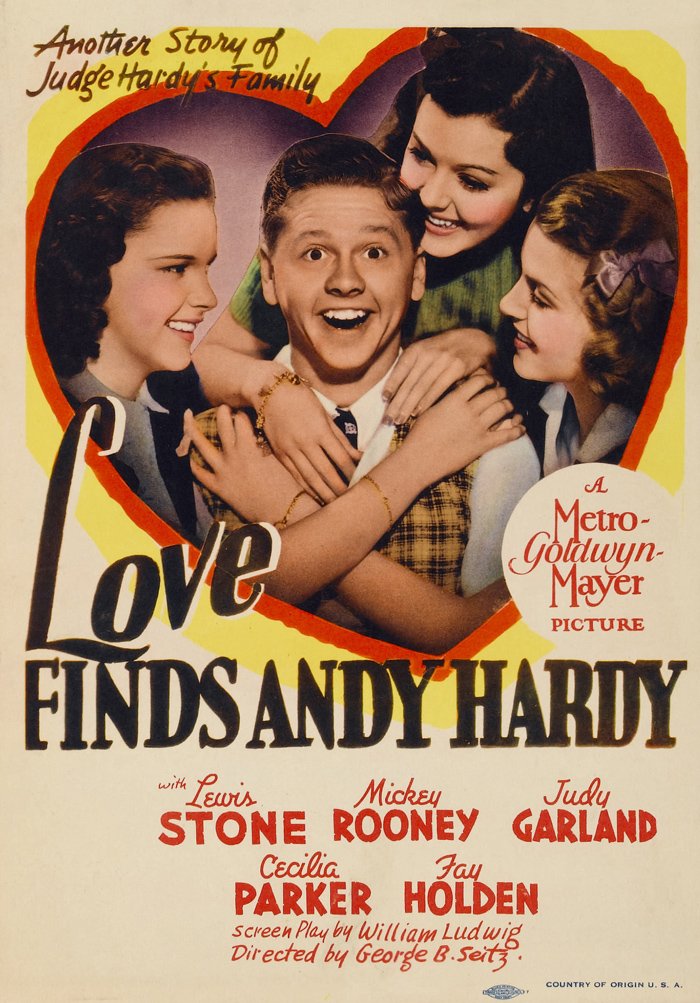
Possessing the defined cheekbones, wavy asymmetric haircut and red hair, Archie is clearly modelled on Andy Hardy. Played by a young Mickey Rooney, the character starred in a series of popular comedy films. (There was a total of 16 films but in the four years leading up to the first Archie story, there were already ten released.) Hardy would’ve been the most recognisable teenager in the county, so it’s no blame that Montana used him as inspiration.
At this stage, Betty isn’t all that developed. Apart from being Archie’s new neighbour, she doesn’t really do a whole lot apart from acting enamoured by Archie and inadvertently getting him in trouble. Her signature blonde hair is present, albeit in a hair-do that’s more of the time than in the more recognisable ponytail. Luckily, as a relatively blank slate, this depiction of Betty gives creators the chance to build on her character, with nothing in this written in stone.
I can’t forget Jughead. While he never-ending hunger or passion for laziness might have come later, a lot of what we know and love about the character was established in his first appearance.
Let’s start with his look. While it’s drawn to reflect the fashion of the early 1940s, there are some recognisable elements. First up, there’s the famous crowned hat, also known as a whoopee cap. It practically hasn’t changed in 80 years, looking the same now as it did back then. The other is the “S” on his shirt, which has gone through various iterations depending on the fashion of the day.
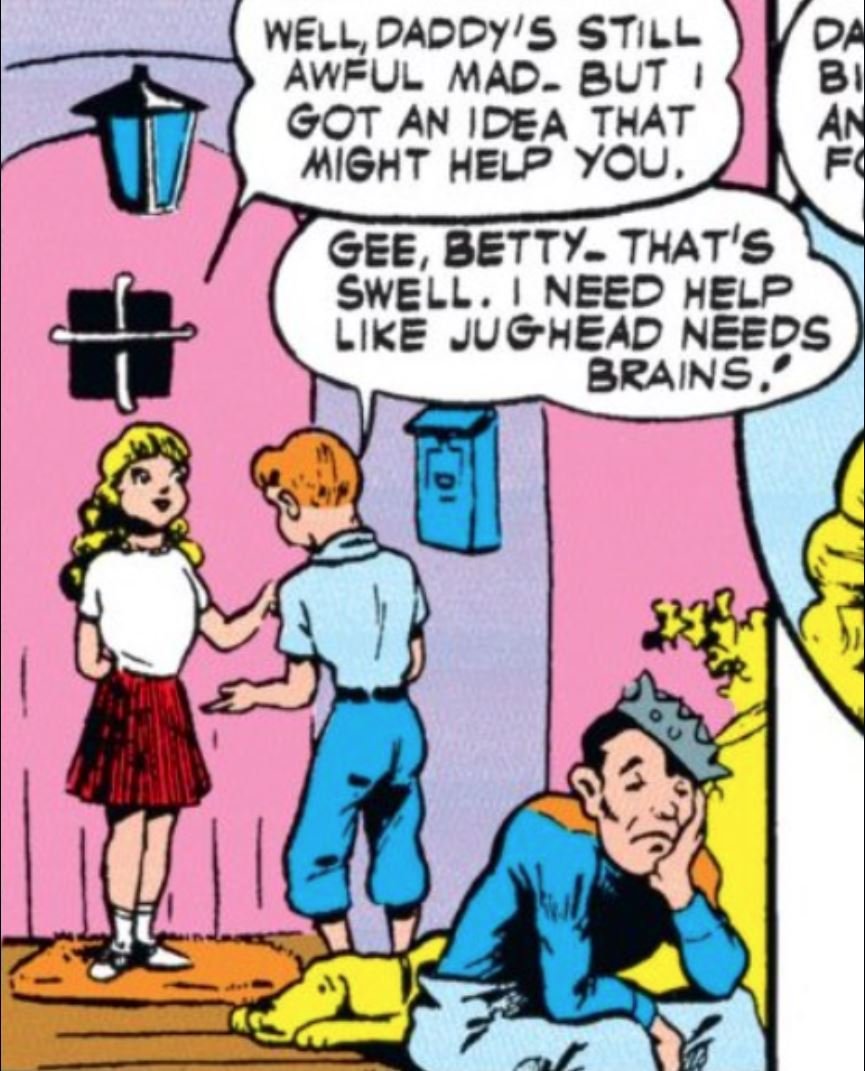
That’s not to say everything about his look is down pat on the first go. First up, his signature long nose is not present, with Montana opting for a short one. He also looks like he’s down on his luck, with a constant frown or sour-looking expression.
Going to specific character traits, some of the more interesting ones are there from the very beginning. For example, Jughead is disinterested in chasing girls. It’s not clear from this story if Bloom and Montana intended for him to be asexual from the get-go, but his lack of interest is used as a way for him to be the voice of reason to Archie’s girl-crazy misadventures.
While there are a few wrinkles to be ironed out, the Archie story in Pep Comics #22 is a solid blueprint for the franchise. It introduces the characters, most of which have a strong resemblance to what we know today, while also setting a precedence for the kinds of stories you can expect from them. If the passage of time is any indication, then the fact that Archie is still here almost 80 years later is a good sign that this tale built solid foundations.
The first Archie story has been reprinted many times and can be found in The Best of Archie Comics: 75 Years 75 Stories, Best of Archie Comics Volume 1, and Best of Archie Americana: Golden Age – 1940s-1950s. These can be found in all good comic book shops, online stores, book shops, eBay, and Amazon/Kindle.
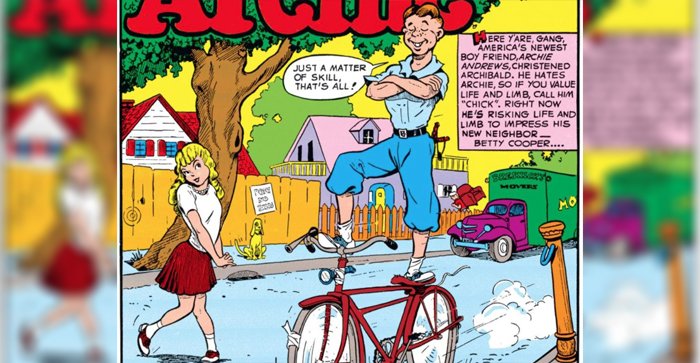
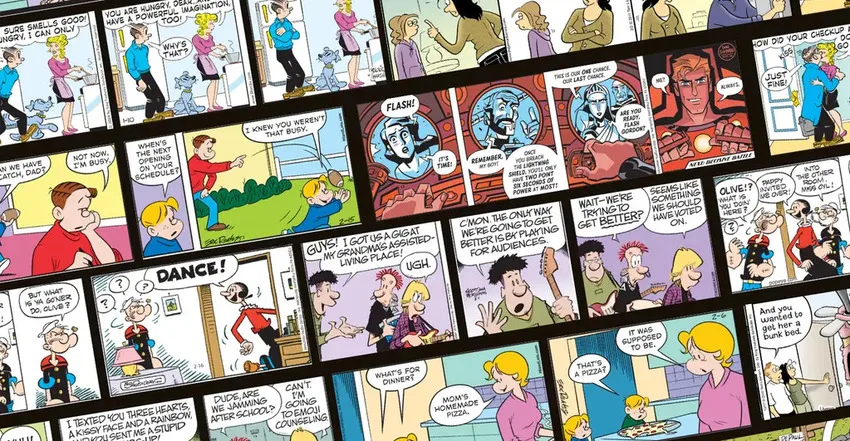


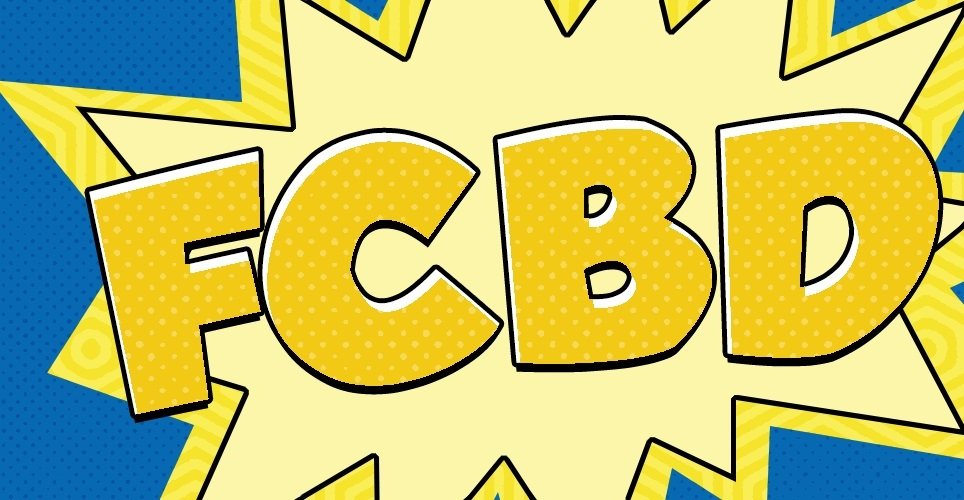

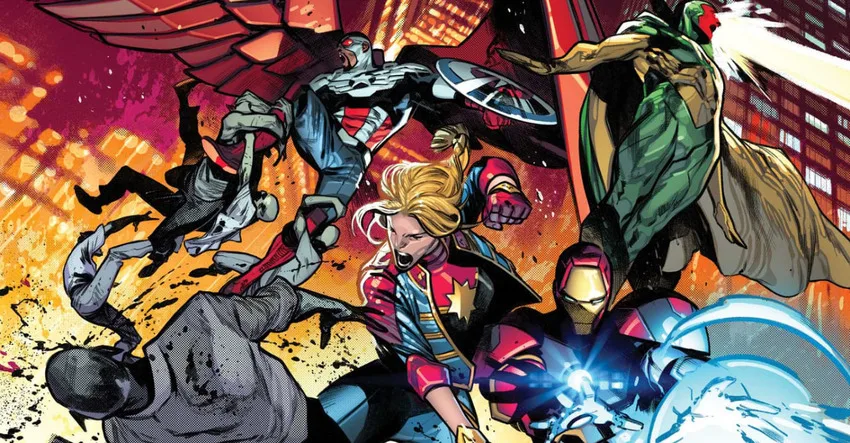
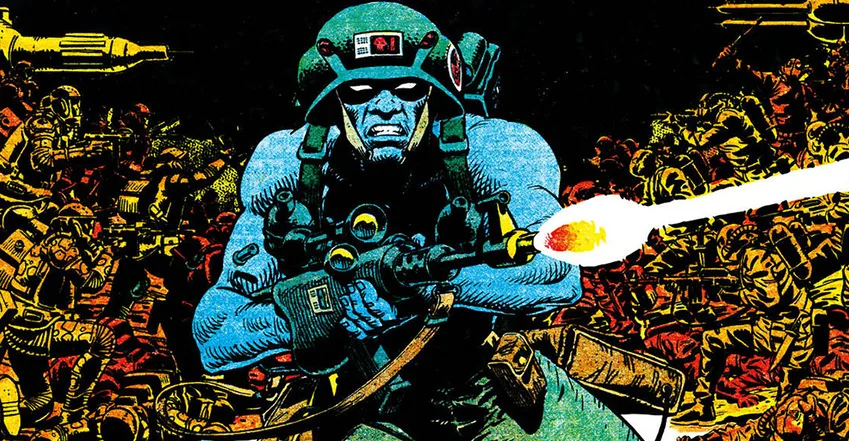




Leave a comment